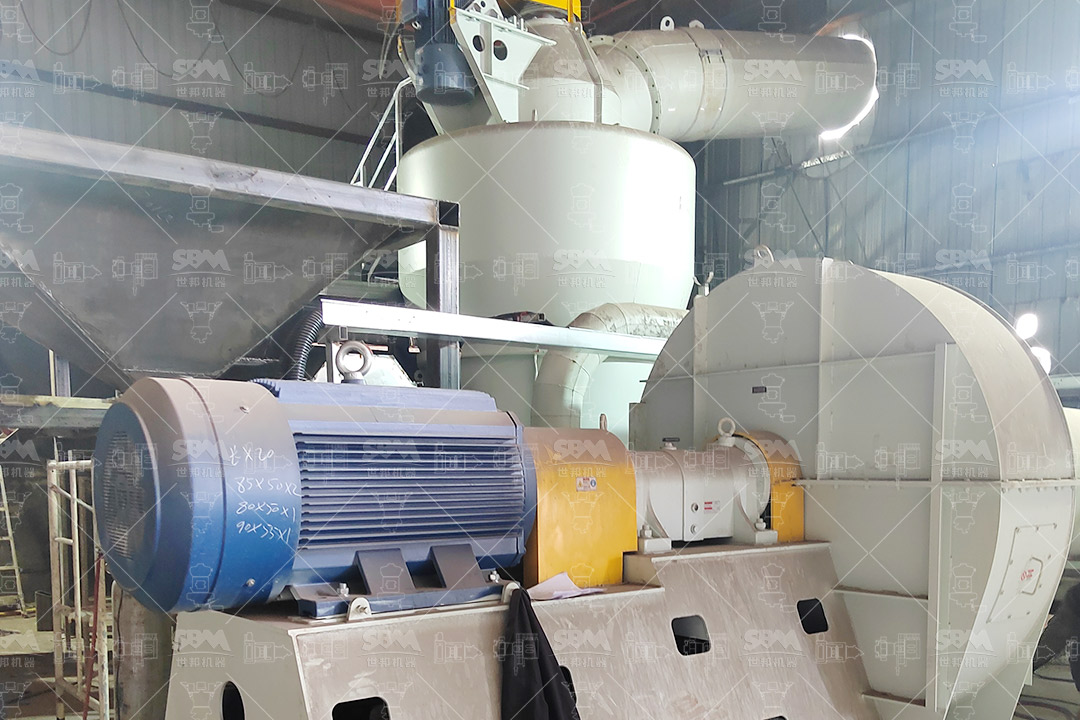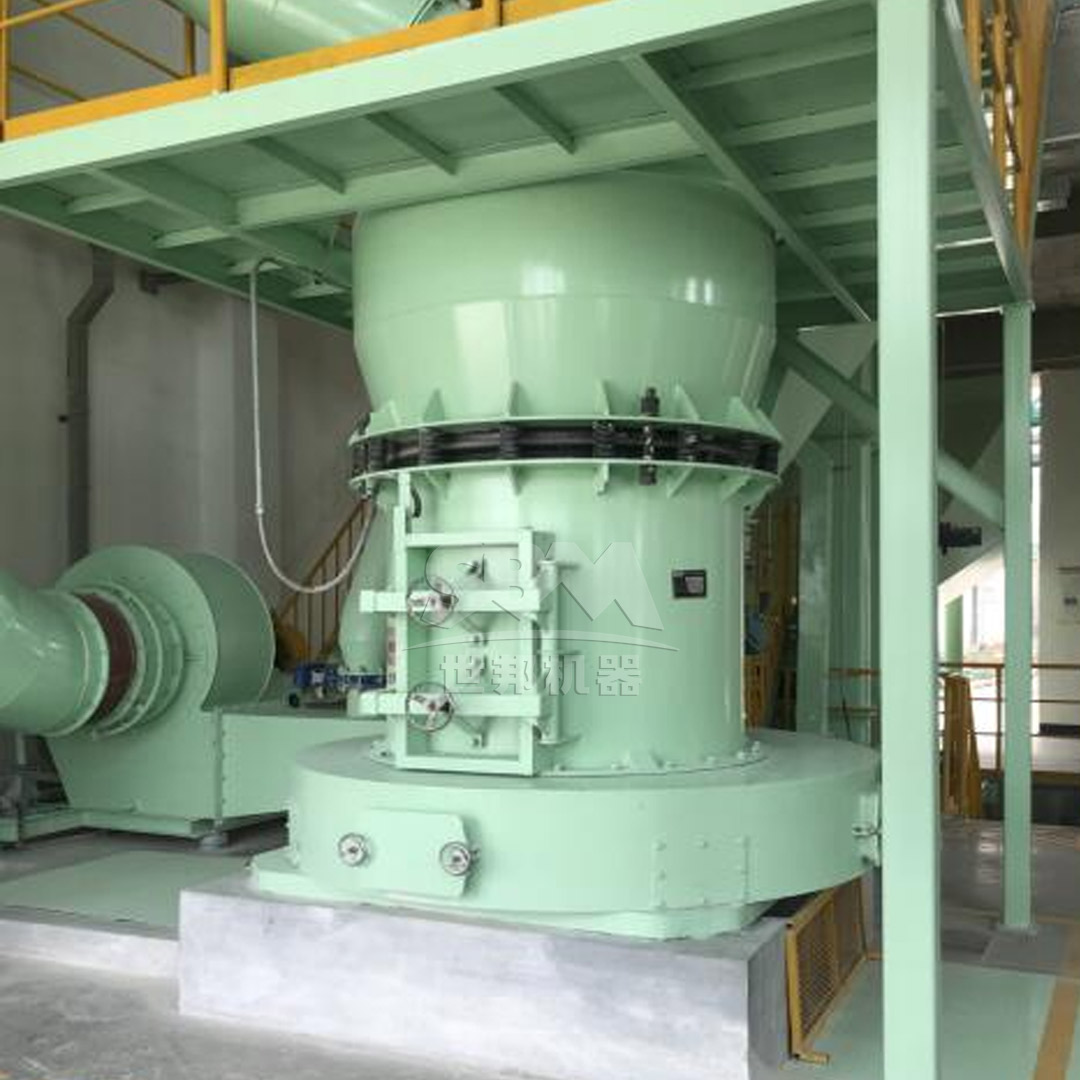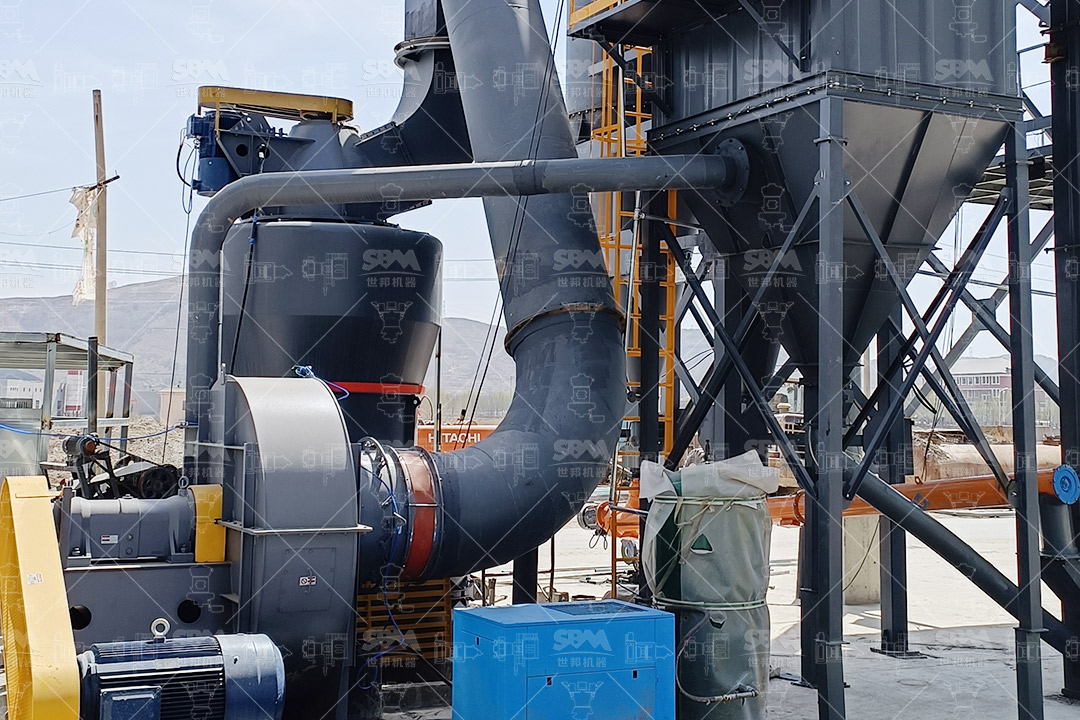The selection of an appropriate grinding machine for calcite powder used in polymer additives is a critical decision that directly impacts product quality, production efficiency, and operational costs. Calcite (calcium carbonate) is one of the most widely used functional fillers in the polymer industry, enhancing mechanical properties, improving dimensional stability, and reducing material costs. However, achieving the optimal particle size distribution, surface morphology, and chemical purity requires specialized grinding equipment designed for specific application requirements.
This comprehensive guide examines the key factors to consider when selecting calcite grinding machinery for polymer additive applications, with detailed technical comparisons of different grinding technologies and their suitability for various production scenarios.

The particle size distribution of calcite powder significantly influences polymer composite properties. For most polymer applications, the target fineness ranges from 325 mesh (45μm) to 2500 mesh (5μm), with specific distribution curves required for optimal performance.
| Polymer Application | Recommended Fineness (D97) | Special Requirements |
|---|---|---|
| PVC Pipes & Profiles | 400-800 mesh | Narrow distribution, low oil absorption |
| Polypropylene Compounds | 600-1250 mesh | High brightness, surface treated |
| Polyethylene Films | 1250-2500 mesh | Ultra-fine, excellent dispersion |
| Rubber Products | 325-600 mesh | Broad distribution, high purity |
Beyond particle size, surface characteristics including specific surface area, particle morphology, and surface chemistry play crucial roles in polymer-calcite interactions. The grinding process must preserve calcite’s crystal structure while achieving the desired surface properties for effective coupling with polymer matrices.
Determine your hourly, daily, and annual production needs. Grinding equipment selection should align with both current requirements and future expansion plans. Consider factors such as:
Energy consumption typically represents 40-60% of operating costs in grinding operations. Evaluate the specific energy consumption (kWh/ton) of different grinding technologies, considering both capital investment and long-term operational expenses.
Consistent product quality is paramount for polymer applications. Assess the grinding equipment’s ability to maintain stable particle size distribution, minimize contamination, and preserve chemical properties throughout continuous operation.

For applications requiring fineness above 800 mesh (D97 ≤ 15μm), ultra-fine grinding systems offer superior performance. These systems typically incorporate advanced classification technology to achieve precise particle size control.
Our SCM Ultrafine Mill represents the pinnacle of ultra-fine grinding technology for calcite powder in polymer applications. With an output fineness range of 325-2500 mesh (D97 ≤ 5μm) and processing capacity of 0.5-25 ton/h depending on model, this system delivers exceptional performance for high-value polymer additives.
| SCM Model | Processing Capacity (ton/h) | Main Motor Power (kW) | Recommended Application |
|---|---|---|---|
| SCM800 | 0.5-4.5 | 75 | R&D, Small-scale production |
| SCM1000 | 1.0-8.5 | 132 | Medium-scale polymer compounds |
| SCM1250 | 2.5-14 | 185 | Large-scale PVC profile production |
| SCM1680 | 5.0-25 | 315 | Major polymer manufacturing plants |
The SCM series features several technological advantages specifically beneficial for polymer-grade calcite:
For applications requiring fineness between 325-800 mesh, medium-fine grinding systems offer an optimal balance of performance and operating costs. The MTW Series Trapezium Mill provides excellent solutions for these applications with output fineness of 30-325 mesh (down to 0.038mm) and processing capacity of 3-45 ton/h.
Key advantages of the MTW series for polymer additive production include:
Vertical roller mills offer significant advantages for large-scale production with their compact design and high energy efficiency. The LM Series Vertical Roller Mill handles input sizes up to 50mm and delivers output fineness of 30-325 mesh (special models up to 600 mesh) with impressive capacity ranging from 3-250 ton/h.
This technology is particularly suitable for integrated operations where calcite grinding is part of a larger production process, offering:

| Technology | Fineness Range | Capacity Range | Energy Efficiency | Maintenance Requirements | Best For |
|---|---|---|---|---|---|
| SCM Ultrafine Mill | 325-2500 mesh | 0.5-25 t/h | Excellent | Low | High-value specialty polymers |
| MTW Trapezium Mill | 30-325 mesh | 3-45 t/h | Very Good | Medium | General-purpose polymer compounds |
| LM Vertical Mill | 30-600 mesh | 3-250 t/h | Excellent | Low | Large-scale integrated operations |
| Ball Mill | 0.074-0.8mm | 0.65-450 t/h | Good | High | Cost-sensitive applications |
Advanced classification is essential for achieving the narrow particle size distributions required for polymer applications. Consider the classifier efficiency, cut-point sharpness, and ability to handle the required throughput when selecting grinding systems.
Proper dust collection is critical for both product recovery and environmental compliance. Modern grinding systems should incorporate high-efficiency pulse jet bag filters with automated cleaning cycles and emission monitoring.
Integrated automation systems ensure consistent product quality, optimize energy consumption, and reduce operator intervention. Look for systems with PLC control, real-time monitoring, and remote access capabilities.
A major polymer compound manufacturer recently upgraded their calcite grinding system to our SCM1000 Ultrafine Mill for PVC profile production. The results demonstrated significant improvements:
This case illustrates how selecting the appropriate grinding technology can deliver substantial operational and quality benefits for polymer additive applications.
Selecting the right calcite powder grinding machine for polymer additives requires careful consideration of multiple factors including required fineness, production capacity, energy efficiency, and product quality consistency. The SCM Ultrafine Mill stands out as an exceptional choice for applications requiring ultra-fine calcite powder with superior particle size control and energy efficiency.
For medium-fine applications, the MTW Series Trapezium Mill offers an excellent balance of performance and operating costs, while the LM Series Vertical Roller Mill provides optimal solutions for large-scale integrated operations.
By understanding your specific requirements and matching them with the appropriate grinding technology, you can optimize your calcite powder production for polymer additive applications, ensuring competitive advantage through superior product quality and operational efficiency.